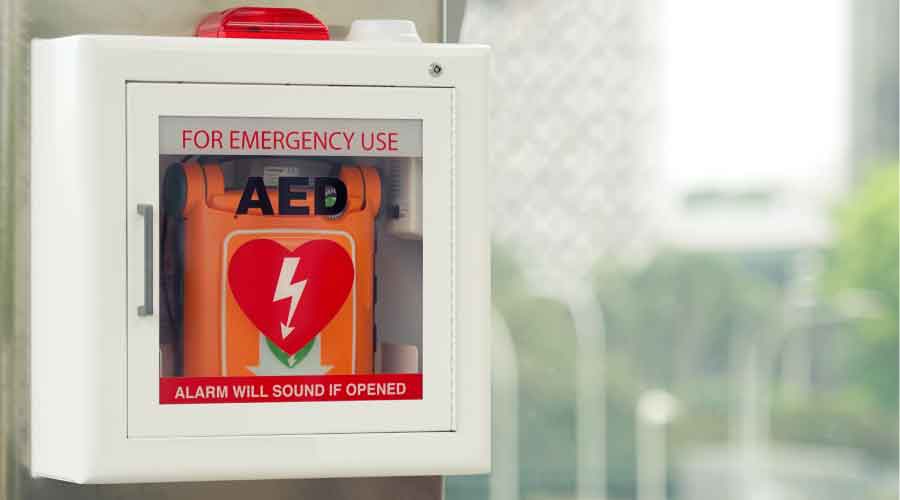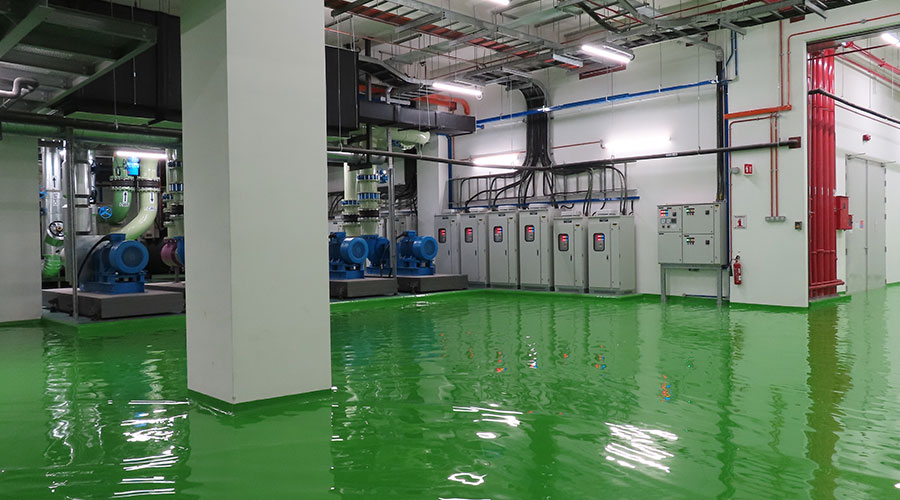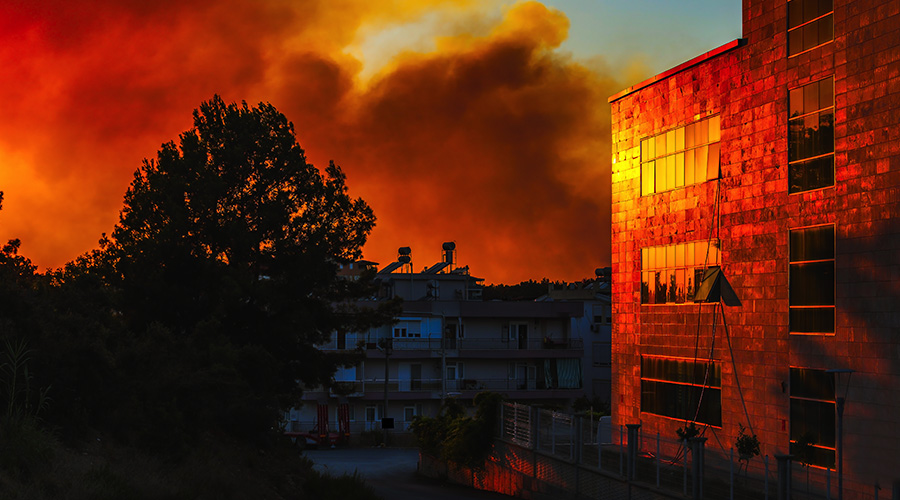Installing Trauma Kits as Part of an Emergency Response Plan
New California Legislation Requires the Placement of Trauma Kits in Newly Constructed Public and Private Buildings.
By Sharee Lopez, Contributing Writer
In a bill that affects facility managers in California but also one all managers across the country should take note of, California Assembly Bill (AB) 2260, requiring the placement of trauma kits in buildings as part of an emergency response plan, was passed on Sept. 9, 2022.
Well supported by medical professionals, such as the American College of Surgeons and the California Medical Association, AB 2260 will require at least six trauma kits/first response kits to be installed in newly constructed public and private buildings in California. The bill became effective January 1 and applies to construction of new buildings on or after January 1.
One day after the rule took effect, the country received a public reminder of the importance of having emergency rescue equipment readily available that can save lives. On January 2, the issue jumped into the national spotlight when Buffalo Bills player Damar Hamlin collapsed during an NFL game in Cincinnati from suffering cardiac arrest after making a tackle. Local medical officials credited the first responders for saving his life after restoring his heartbeat with an automated external defibrillator (AED).
While AB 2260 only applies to California facilities, managers across the country can take note of the rule to make their buildings safer for occupants.
In addition to the requirement for at least six trauma kits in each building, the new law also requires an inspection every three years, replacing expired or missing contents of the kit, and restocking after each use when facility managers have been made aware of use. Additionally, building owners and facility managers have a responsibility for notifying tenants at least once per year of the location of the trauma kits, as well as provide contact information for training on its use.
This requirement does not apply to structures that are vacant, renovated, or under construction. In addition, occupied structures that are not owned or operated by any local government entity and are constructed on or after January 1 must have an AED. If an AED is rendered necessary, a trauma kit must be placed next to an AED. AB 2260 exempts a person or entity from liability for civil damages resulting from failure, improper operation, or malfunction of equipment or materials within a properly stocked trauma kit, according to the Health and Safety Code 1799.2 of the Good Samaritan Law.
Impacted buildings
How does this bill affect tenants, businesses and facilities? This can be described based on a structure classification of a group for which resembles the maximum occupancy. The occupancy amount reflects regulations and standards of fire safety and hazards that may be involved relative to the building. The bill indicates that six trauma kits apply to the following occupancy amounts based on the following building descriptions:
- Group A: Assembly buildings with an occupancy of greater than 300. Examples of buildings in this category include: banquet halls and restaurants; churches; art galleries; gymnasiums and indoor sporting events; lecture halls; libraries; museums; bleachers, grandstands and stadiums.
- Group B: Business buildings with an occupancy of 200 or more. This occupancy includes the use of a building or structure, for office, professional or service-type transactions, including storage of records and accounts. Business occupancies such as: airport traffic control towers; ambulatory health care facilities serving five or fewer 60 patients; animal hospitals; civic administration; clinic-outpatient; educational occupancies for students above the 12th grade; laboratories; post offices; and professional services (architects, attorneys, dentists, physicians, engineers, etc.).
- Group E: Educational buildings with an occupancy of 200 or more. This occupancy includes the use of a building or structure, by more than six persons at a time for educational purposes through the 12th grade and religious educational rooms and religious auditoriums.
- Group F: Factory buildings with an occupancy of 200 or more. This occupancy includes the use of a building or structure, for assembling, disassembling, fabricating, finishing, manufacturing, packaging, repair or processing operations.
- Group I: Institutional buildings with an occupancy of 200 or more. This occupancy includes buildings and structures used for medical, surgical, psychiatric, nursing or custodial care for persons who are not capable of self-preservation or classified as nonambulatory or bedridden. This group includes: child care facilities, detoxification facilities, hospitals, mental hospitals and nursing homes.
- Group M: Mercantile buildings with an occupancy of 200 or more. Mercantile occupancies such as: Department stores, drug stores, markets, motor fuel-dispensing facilities, retail or wholesale stores and sales rooms.
- Group R: Residential buildings with an occupancy of 200 or more, excluding single-family and multifamily dwelling units.
What’s included?
As part of the installation of the trauma kits, there is a requirement to include at least one source of instructional documents described in Item 5. below. The following are items that must be included in the trauma kits at a minimum:
Depending on the facility, the requirements for emergency response trauma safety may demand additional components in your trauma kits. Managers should contact the medical director of the local emergency medical service agency for approval of any additional medical materials that are useful to the civilians to adequately treat a traumatic injury.
Implementation strategies
The following are suggestions on how managers can implement AB 2260 or establish their own emergency response program outside of California, in three steps:
- Plan: Managers should choose who will be responsible for implementation; decide what will be the method to attain all materials needed for the trauma kit and determine what source of training will be followed; and decide on the location of each trauma kit and if an AED is needed.
- Implement: Managers should prepare all trauma kits; place kits and AEDs in chosen, easily accessible locations and compile a list and map of the locations for feasibility; and take account of all included materials in the kit and make sure to compile a checklist for future reference.
- Maintenance: At least once every three years (and each time a kit has been used), carry out a visual inspection with a checklist for restocking expired materials or missing components of AEDs and trauma kits; ensure training is conducted upon new hires and at least once a year include provisions set forth in the training sources discussed in Item 5 above, along with information on where to find each kit. Additional training may be necessary to provide updates on any changes to the information provided during initial training as necessary.
It is important to stay ahead of the AB 2260 requirements. In order to avoid fines and penalties, Developers are encouraged to contact their local Development Services and Urban Planning agencies to request detailed information.
For managers who aren’t based in California, they should monitor developments and consider adopting similar policies for kits and AEDs as part of their emergency response plans.
Sharee Lopez, MPH, is an Environmental Health Specialist with NV5. She can be reached at sharee.lopez@nv5.com.
Related Topics:












